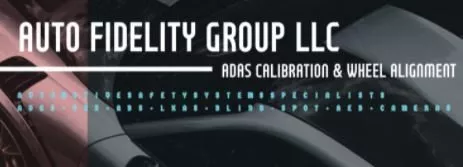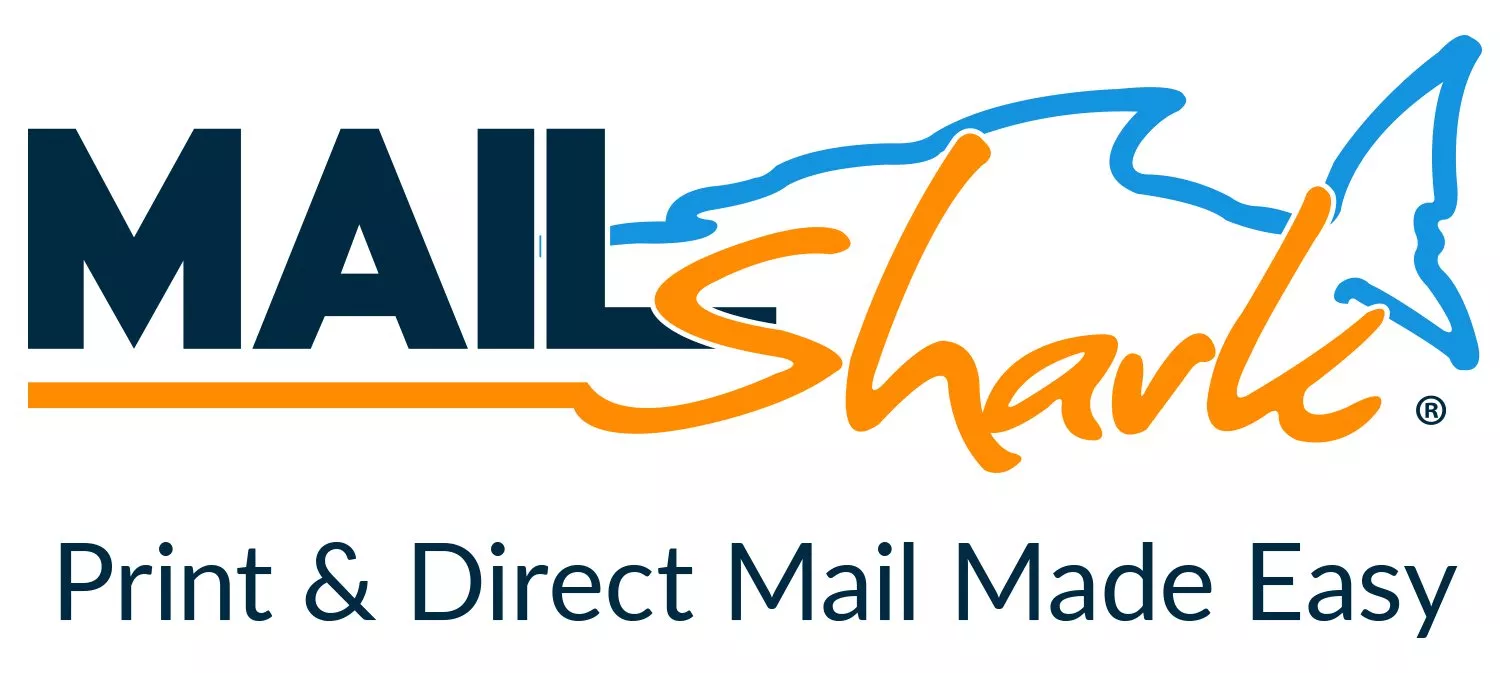Roughly a month ago, I went to lunch with a good friend of mine. He works for the YMCA, so we discussed what the YMCA does to attract new members. A few years ago, my friend and his team realized that while they were good at attracting new members each year, they had little to no retention. It was a constant battle to bring in new members to fill the void of lost members.
The YMCA realized that it’s easier and less expensive to keep existing members, than to go out and find new ones. They created a new marketing strategy with a focus on keeping existing members. The plan was simple: create an amazing experience for their members and offer new programs to these existing members. The plan worked. Member retention improved. What worked for the YMCA will also work for your business.
Before you spend a dime on advertising, you need to understand one crucial component of your business; the customer experience. Without a great customer experience that gives your existing customers a compelling reason to return, you’re simply wasting your money on advertising.
Advertising is often aimed at new-customer acquisition. There is nothing wrong with this. Every business loses clientele each year for a number of reasons, and we need to get our name out to our community about who we are and what we do in order to attract new consumers. But, to rely on new customer acquisition alone without a plan to keep existing customers is not a strategy for long-term, sustained growth.
Every marketing plan starts with looking at your entire operation and how it relates to the customer experience. Are you doing all you can to create an amazing experience that builds solid relationships? If not, you will be in the same position the YMCA was: using advertising to fill the void of lost customers.
While there are many aspects of the customer experience, let’s focus today on the four essential areas: The customer write-up, the sales process, the car delivery and the follow-up. Each of these touch points must be executed with one thing in mind: create an experience so amazing that the customer will have a compelling reason to return your shop again.
Customer write-up starts the process. It’s where you begin the relationship or continue to preserve it. It must be performed as if you are welcoming a guest into your home. The sales process must communicate value and benefits to the customer. This gives the customer peace of mind, reduces anxiety and buyer’s remorse. The car delivery is your chance to leave a lasting positive impression of you and your company. It should not be a transaction, but instead the opportunity to resell the job, you and your company. The car delivery should not be rushed. Take the time to review the invoice, ask the customer if they have any questions. Let every customer know how important they are and how much you value his or her confidence and trust in you and your company. The follow-up continues the customer experience. This is where you reach out to the customer with a phone call, email, or thank-you card. It helps with customer retention by making another positive impression in the mind of the customer.
Getting back to car delivery: Make sure you review all future service recommendations and let the customer know that they will receive a service reminder. But don’t rely on a postcard or email alone to bring back customers. Think about this: If you had a bad experience at a restaurant, no offer or ad is going to get you back there—only an amazing experience will. The same holds true for your business.
By the way, an amazing customer experience is created by the people in your company. Sure, you need to have a clean, well kept facility with nice amenities. But it’s the people in your company that make the difference. Billion dollar stadiums don’t win championships—it’s the quality of the players on the field that win championships. Everyone in your company is part of your marketing plan. A simple smile and hello from a technician when a customer walks past the bays can do more for your business than any ad can.
Let me leave you with this thought: Customers will not remember the mass airflow sensor you installed or the exhaust leak you repaired. But they will remember their experience. A positive experience is lasting in the mind of the consumer. It’s the most powerful marketing tool you have—and it’s virtually free.
This story was originally published by Joe Marconi in Ratchet+Wrench on September 1st, 2018
















Recommended Comments
There are no comments to display.
Create an account or sign in to comment
You need to be a member in order to leave a comment
Create an account
Sign up for a new account in our community. It's easy!
Register a new accountSign in
Already have an account? Sign in here.
Sign In Now